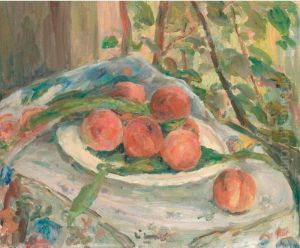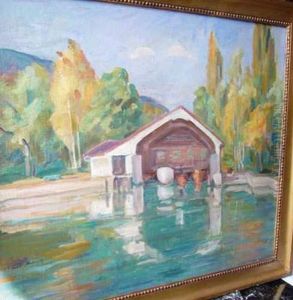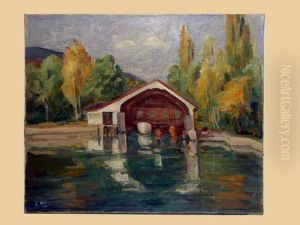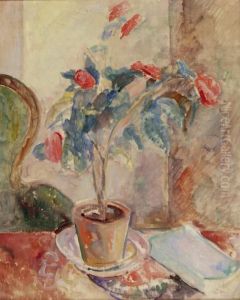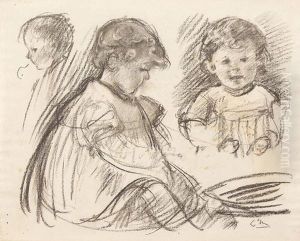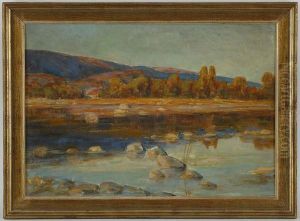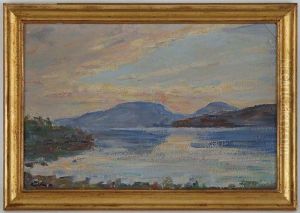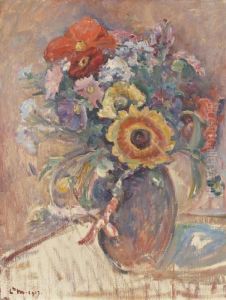Louis De Meuron Paintings
Louis de Meuron was a Swiss-born painter, primarily recognized for his portraits and landscapes. He was born in Neuchâtel, Switzerland, in 1796, into the aristocratic de Meuron family. His upbringing in an affluent family provided him with the means to pursue his artistic interests from a young age.
De Meuron initially received his artistic training in Switzerland before traveling extensively in Europe, which was a common practice among artists of his era to broaden their exposure and refine their skills. Throughout his travels, he encountered various art movements and techniques, which influenced his style and approach to painting.
Although not as widely known as some of his contemporaries, de Meuron made a considerable contribution to the art scene of the 19th century, particularly in Switzerland. His works often reflect the romantic sensibilities of the time, capturing the emotional essence of his subjects rather than just their physical likeness. He excelled in the use of light and shadow, which added depth and realism to his paintings.
Louis de Meuron's landscapes also demonstrate a keen observation of nature and an ability to depict the Swiss countryside with fidelity and sensitivity. These paintings often evoke a sense of tranquility and are marked by their pastoral calmness and attention to detail.
De Meuron's career was marked by a dedication to his craft, and he exhibited his works at various salons and exhibitions. Despite his aristocratic background, he was well-regarded among his peers and art patrons for his talent and contribution to the arts.
Louis de Meuron passed away in 1876. Although he may not be as celebrated as some of the major artists of his time, his work remains an important part of Swiss art history, and his paintings are still appreciated by art connoisseurs and historians for their beauty and historical value.
